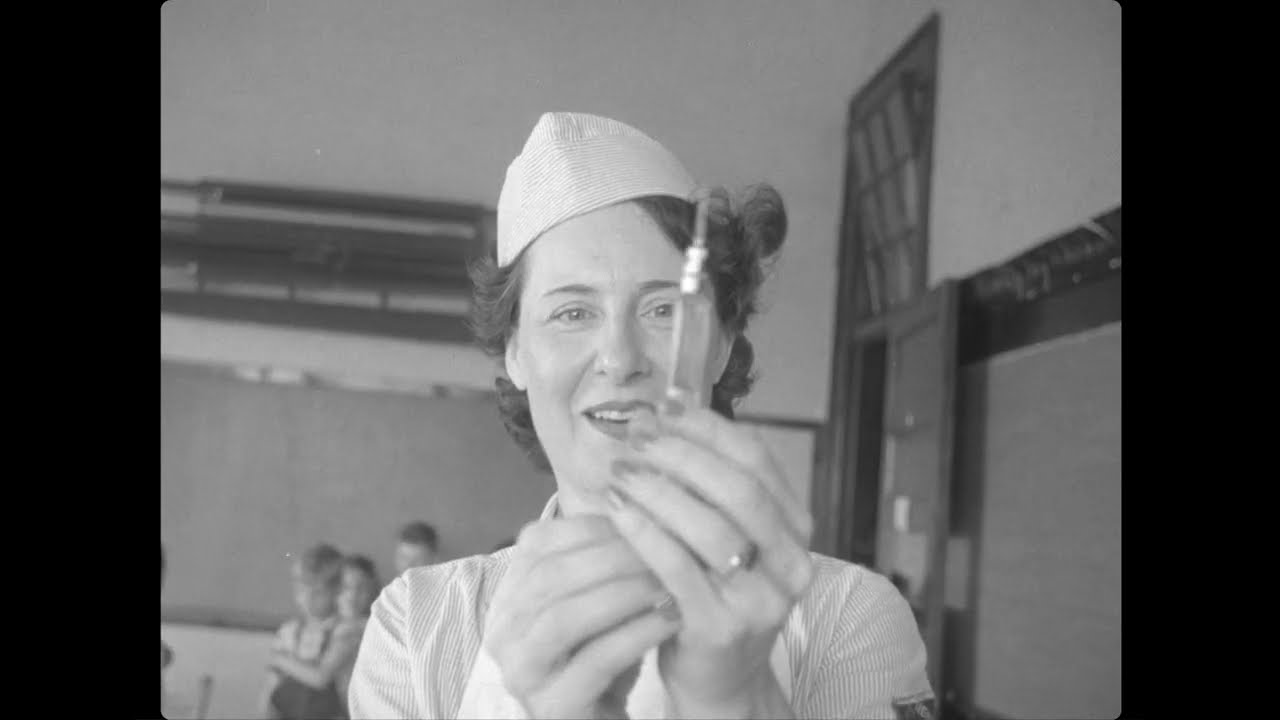Each day, as we go about our busy lives, we often take for granted the very essence of life that flows through our bodies – blood. This vital fluid carries oxygen and nutrients to every cell, removes waste products, and fights against infections. It is truly the lifeblood of humanity. But unfortunately, not everyone has an adequate supply of this precious resource. This is where blood donation plays a critical role. By donating just one pint of blood, you have the power to save up to three lives. In this article, we will explore the importance of blood donation and its impact on both individuals and society as a whole.
Who Can Donate Blood? Eligibility Criteria and Guidelines
While blood donation may seem like a simple act of kindness, there are several factors that determine whether or not an individual is eligible to donate. These guidelines are in place to ensure the safety of both the donor and the recipient. According to the American Red Cross, here are some general eligibility criteria for blood donation:
- You must be at least 17 years old (in most states) or 16 years old with parental consent.
- You must weigh at least 110 pounds.
- You must be in good health and feeling well on the day of donation.
- You should not have had any cold or flu symptoms within the past week.
- You should not have received any tattoos or piercings within the past 12 months.
- You should not have donated blood within the last 56 days.
In addition to these general guidelines, there are also specific medical conditions or medications that may affect your eligibility to donate blood. Some common examples include having certain types of cancer, taking blood thinners, or having recently traveled to certain countries. Therefore, it is essential to carefully review the eligibility requirements before attempting to donate blood.
The Blood Donation Process: A Step-by-Step Guide

Once you have determined your eligibility to donate blood, the next step is to understand the donation process. Here is a step-by-step guide to help you prepare for your donation:
- Registration and Screening: Before donating, you will be asked to provide some basic information and undergo a brief health screening. This process includes checking your blood pressure, temperature, pulse, and hemoglobin levels.
- Donation: Once you have completed the screening process, you will then be escorted to a donor bed or chair. The needle used for donation is sterile and used only once, ensuring the safety of both the donor and recipient. The entire process usually takes around 8-10 minutes, during which time you can relax and watch TV or chat with the staff.
- Refreshments: After donation, you will be given some snacks and beverages to help replenish your fluids and energy levels. It is crucial to rest for at least 15 minutes after donation and drink plenty of fluids throughout the day.
- Post-Donation Care: It is normal to experience some minor side effects after donation, such as dizziness or lightheadedness. These typically resolve within a few minutes. However, if you experience any concerning symptoms, it is essential to inform the staff immediately.
Understanding Blood Types: The Science Behind Donation Compatibility

As we all learned in biology class, there are four main blood types – A, B, AB, and O. Each type is determined by the presence (or absence) of specific antigens on the surface of red blood cells. In addition to blood type, there is also another component that determines compatibility for transfusion – the Rh factor. Individuals who have this protein on their cells are considered Rh-positive, while those without it are Rh-negative.
Blood type compatibility plays a vital role in the donation process. For example, individuals with type O blood are considered universal donors because their blood can be transfused to individuals with any other blood type. On the other hand, those with type AB blood are universal recipients and can receive blood from any type. It is essential to know your blood type to ensure that you are donating the right blood type for someone in need.
The Benefits of Donating Blood: Physical and Emotional Rewards
The act of donating blood not only impacts the lives of others but also has several benefits for the donor. Here are some physical and emotional rewards of blood donation:
- Reduced Risk of Heart Disease: Donating blood lowers the risk of heart disease by reducing the levels of iron in the body. Excess iron can lead to the formation of free radicals, which can damage cells and increase the risk of heart disease.
- Improved Blood Flow: When you donate blood, your body produces new red blood cells to replenish the ones lost during the process. This helps improve blood flow and can reduce the risk of cardiovascular diseases.
- Burn Calories: Did you know that donating one pint of blood can burn approximately 650 calories? While it is not a replacement for regular exercise, it is an added bonus to know that you are burning some extra calories while saving lives.
- Feel-Good Factor: Donating blood can have a positive impact on your mental and emotional well-being. It gives you a sense of satisfaction in knowing that you are making a difference in someone else’s life. Additionally, studies have shown that blood donors may experience reduced stress levels and improved overall mood.
Common Myths and Misconceptions About Blood Donation
Despite the importance and benefits of blood donation, there are still many myths and misconceptions surrounding the process. Let’s debunk some of these common misconceptions to encourage more people to donate blood:
- Myth: Donating blood is painful.
- Fact: While everyone’s pain tolerance is different, most donors report feeling nothing more than a slight pinch during the donation process.
- Myth: I can’t donate because I have a tattoo.
- Fact: As long as you have received a tattoo from a licensed facility and it has been at least 12 months since you got it, you are eligible to donate blood.
- Myth: Donating blood will make me weak or tired.
- Fact: While there may be some minor side effects such as dizziness or fatigue after donation, these usually resolve within a few minutes. Additionally, your body replenishes the lost blood within 24 hours, so it does not cause any long-term weakness or tiredness.
- Myth: My blood type is rare, so it’s not needed.
- Fact: All blood types are needed, especially rare ones. In fact, individuals with rare blood types often face difficulty finding compatible donors in case of an emergency. Therefore, every donation, regardless of blood type, is crucial.
Where to Donate Blood: Finding a Donation Center Near You
There are various avenues for donating blood, including community blood drives, hospitals, and blood banks. The American Red Cross has a network of donation centers across the country, making it easy to find a location near you. Additionally, many cities also have local blood donation centers that accept donations. You can also check with your healthcare provider or local hospital for donation opportunities.
The Impact of Blood Donations: Saving Lives in Critical Situations
The impact of blood donations cannot be overstated. Every day, thousands of people require life-saving transfusions due to accidents, surgeries, and chronic illnesses. In emergencies, such as natural disasters or mass casualties, the need for blood significantly increases. Having an adequate supply of blood available can mean the difference between life and death for these individuals. For example, a single car accident victim may require up to 100 units of blood, highlighting the critical role of blood donations.
Furthermore, blood donations also play a significant role in ongoing medical treatments for individuals with chronic illnesses. Patients with conditions like sickle cell anemia, leukemia, and hemophilia require regular transfusions to manage their conditions and maintain their quality of life. Donating blood can make a tremendous impact on these individuals, allowing them to live longer and healthier lives.
Blood Donation and Safety: Ensuring a Safe and Secure Experience
The safety and security of donors and recipients are of utmost importance in the blood donation process. Therefore, stringent measures are in place to ensure the safety and quality of donated blood. Here are some steps taken to ensure a safe and secure donation experience:
- Screening: As mentioned earlier, all donors undergo a thorough screening process to ensure their eligibility to donate.
- Testing: All donated blood is tested for various infectious diseases, including HIV, hepatitis B and C, syphilis, and West Nile virus.
- Sterilization: The needle used for donation is sterile and used only once, minimizing the risk of any infections.
- Confidentiality: All donor information is kept confidential and not shared with any third parties.
- Quality Control: Blood donation centers are regularly inspected by relevant regulatory bodies to ensure compliance with safety standards and practices.
Encouraging Blood Donation: How to Promote and Support the Cause
As we have seen, blood donation is a simple but crucial act that has the power to save lives. However, there is always a constant need for more donors to meet the growing demand for blood. As individuals, we can take several steps to promote and support the cause of blood donation:
- Donate: The most obvious way to support blood donation is by donating blood yourself. If you are eligible, consider making regular donations to help maintain an adequate supply of blood for those in need.
- Spread Awareness: Many people are not aware of the importance of blood donation or the eligibility criteria for donation. By sharing this information with your friends and family, you can encourage more people to donate.
- Volunteer: Blood donation centers are always in need of volunteers to assist with various tasks such as registration, screening, and refreshments. Consider volunteering at a local blood drive or donation center to support the cause.
- Host a Blood Drive: You can also take the initiative to host a blood drive in your community or workplace. This allows for a larger number of donations and can make a significant impact on the availability of blood.
Conclusion
In conclusion, blood donation is truly the lifeblood of humanity. It is a simple act of kindness that holds the power to save lives. The need for blood is constant, and one donation has the potential to impact multiple individuals. By understanding the importance of blood donation, spreading awareness, and supporting the cause, we can all play a part in saving lives, one drop at a time. So if you are eligible, consider donating blood and become a lifesaver today. Remember, it only takes one pint to make a difference.

